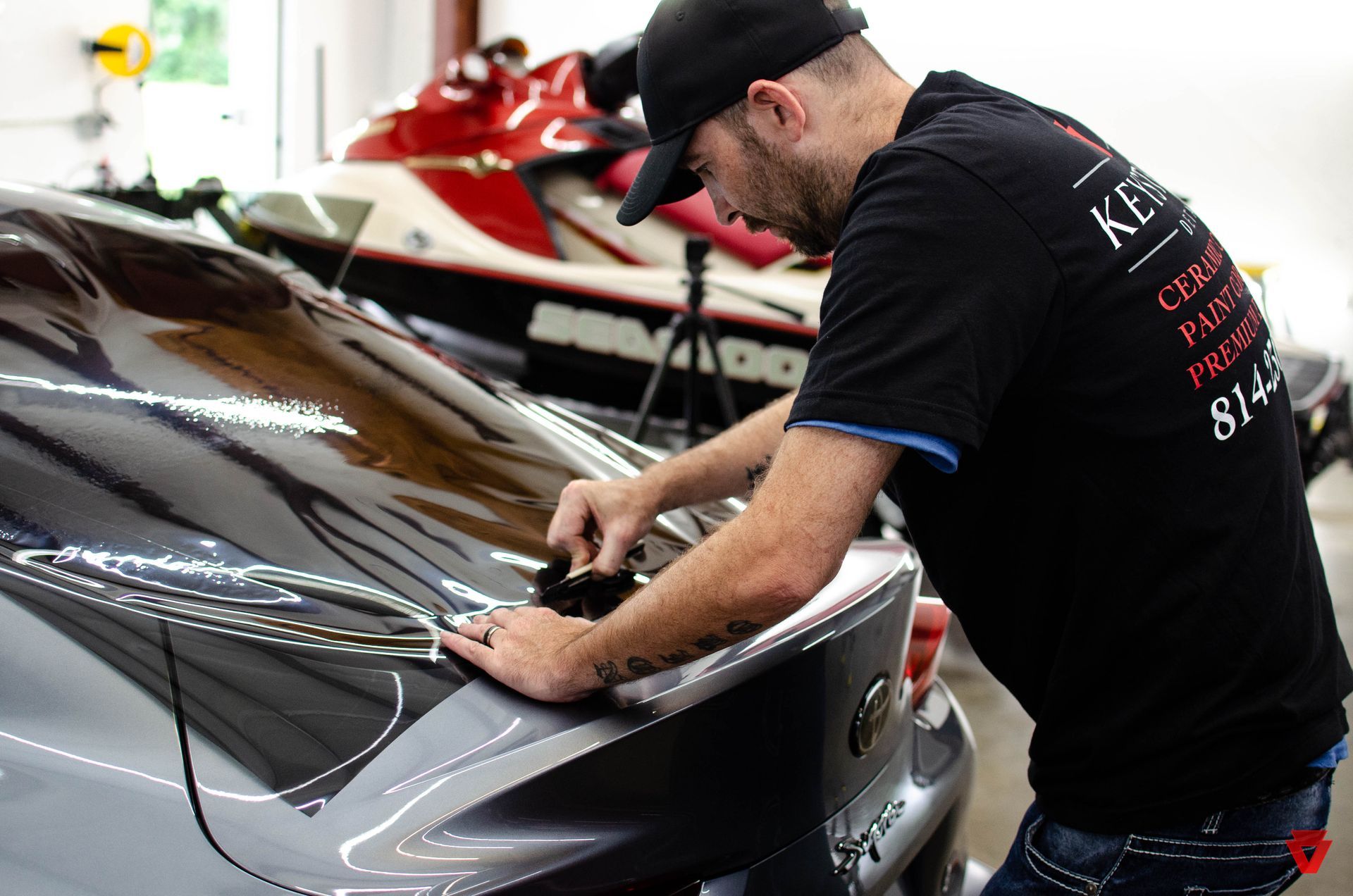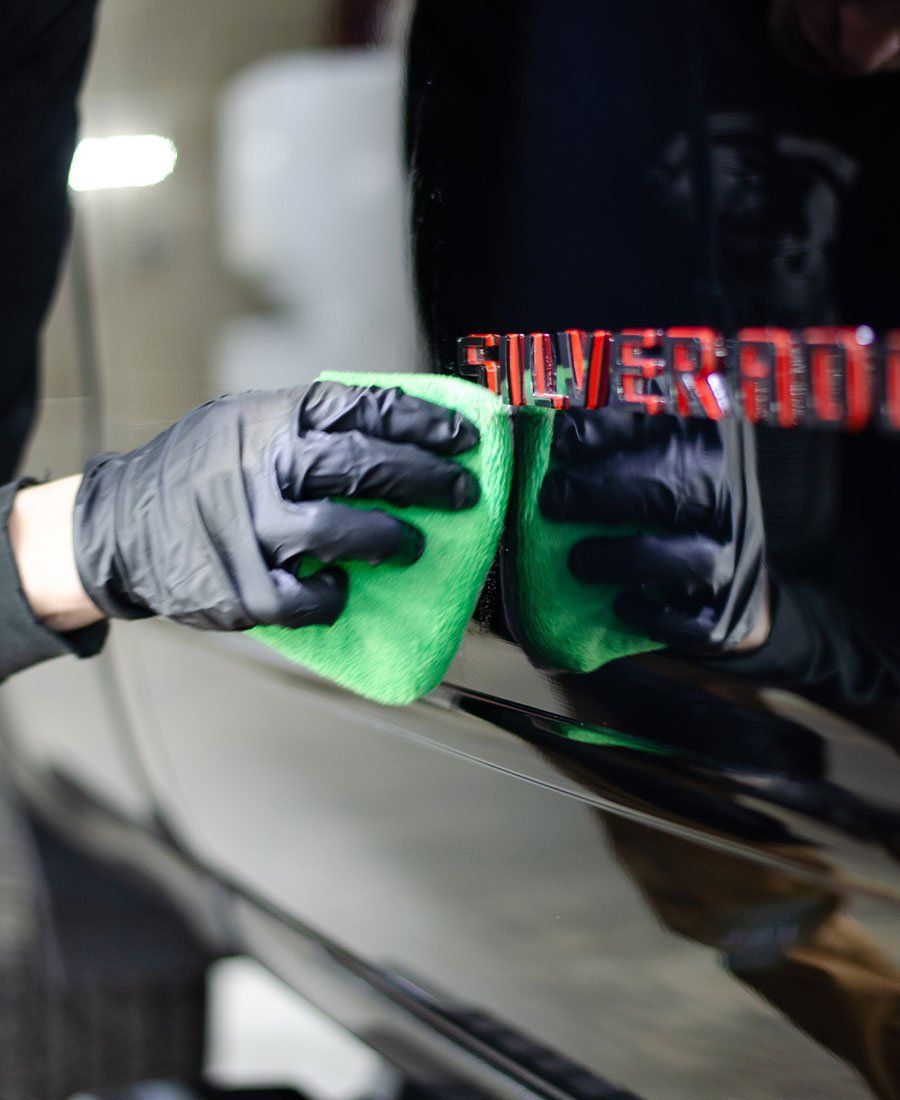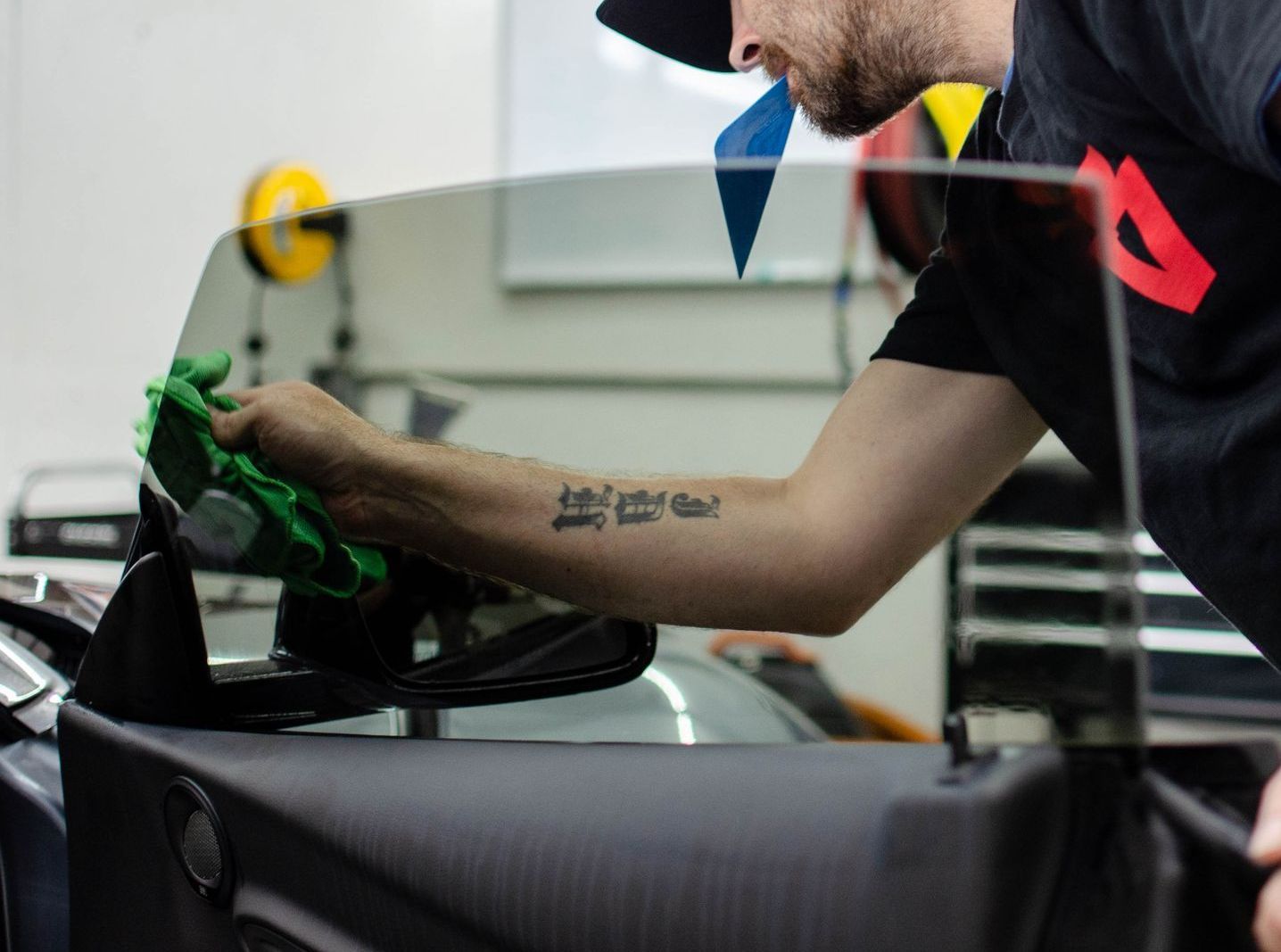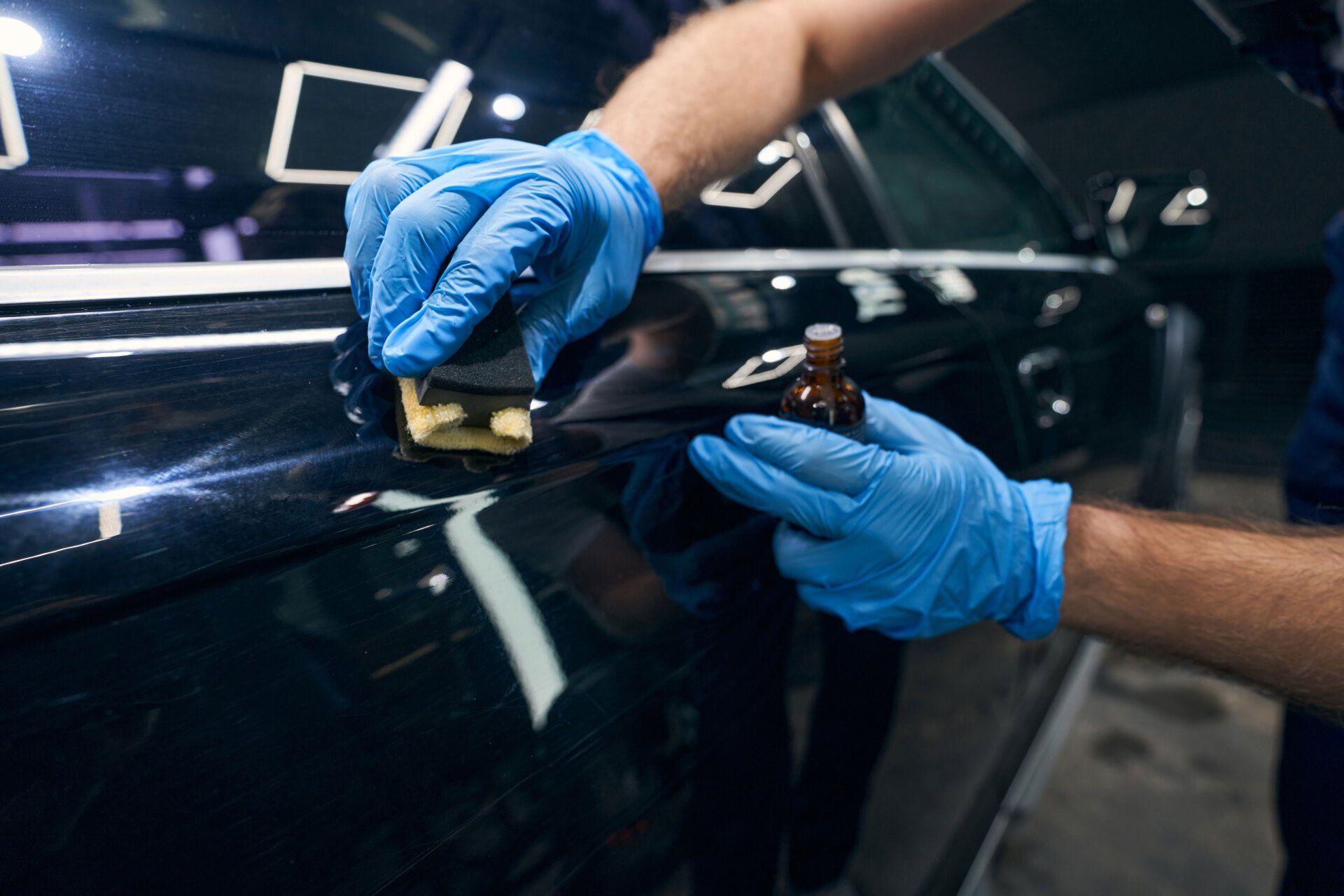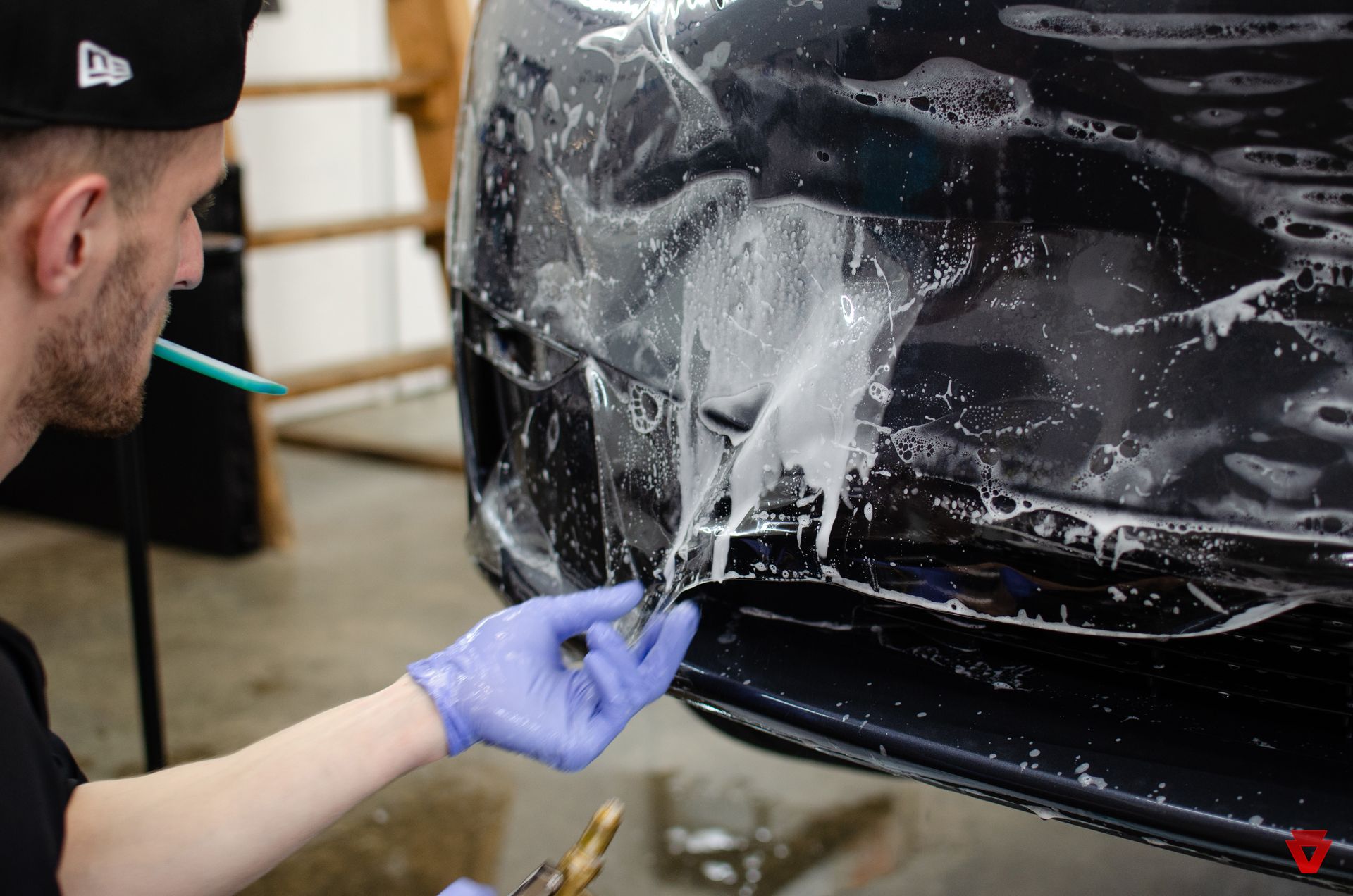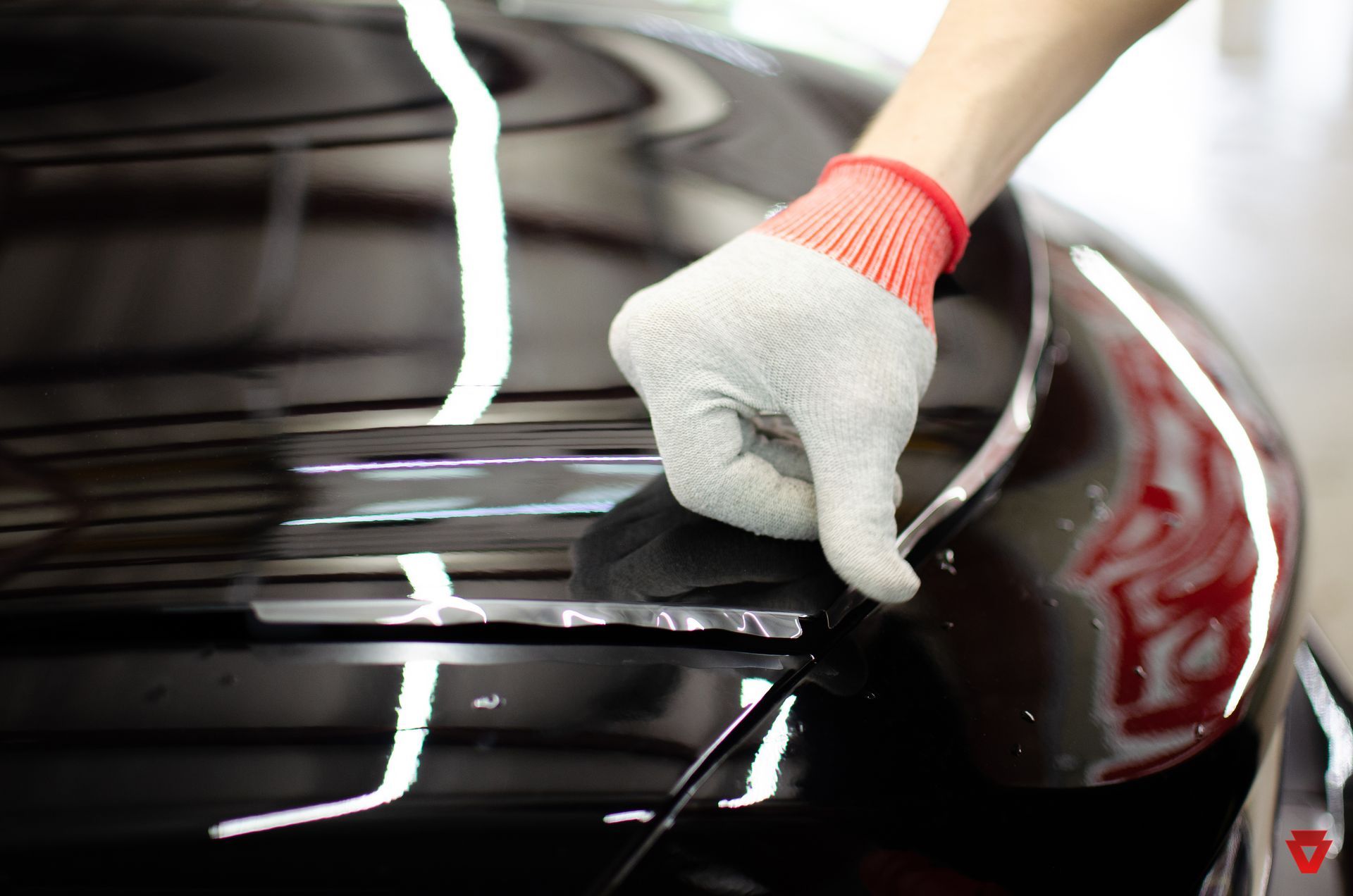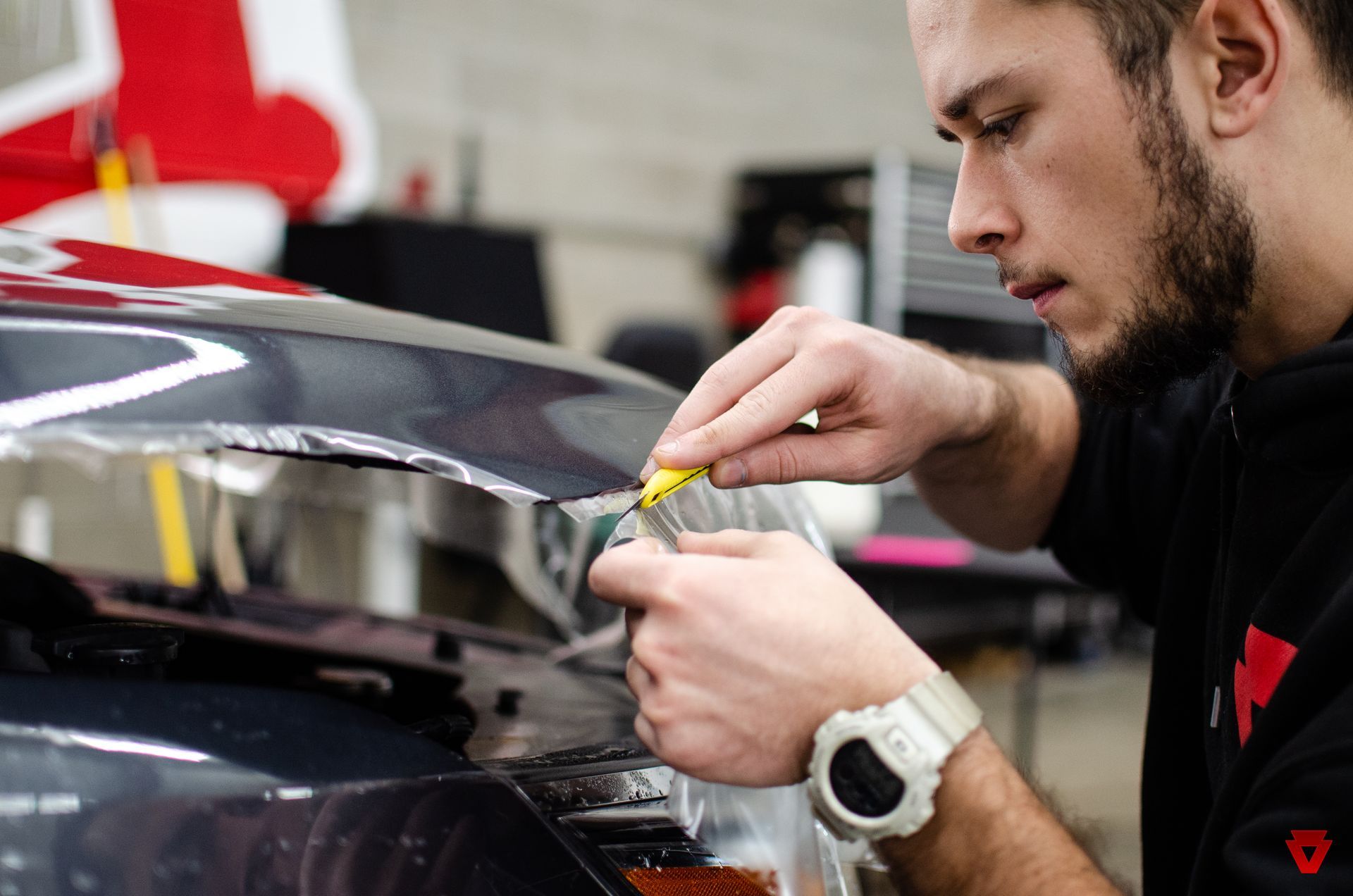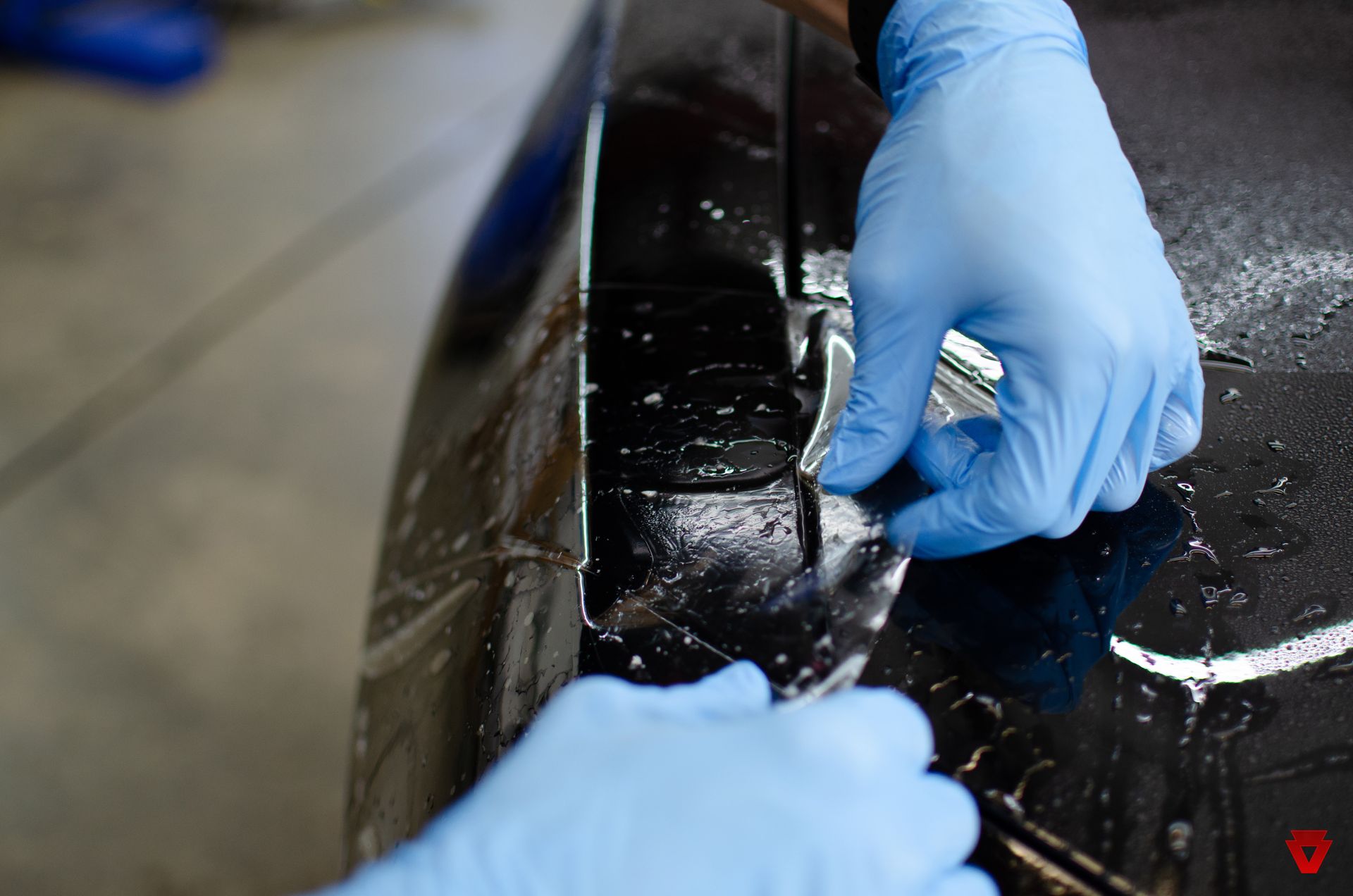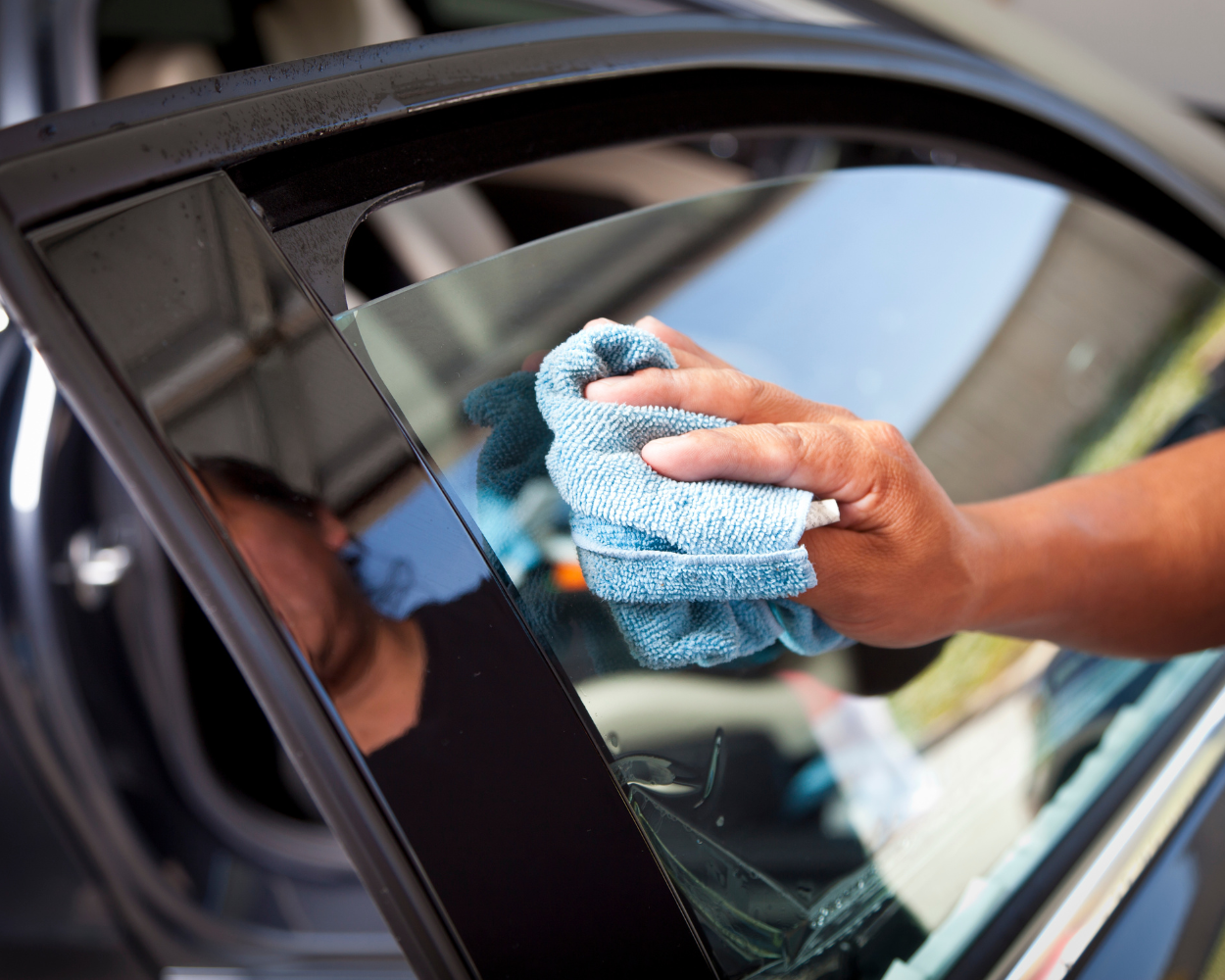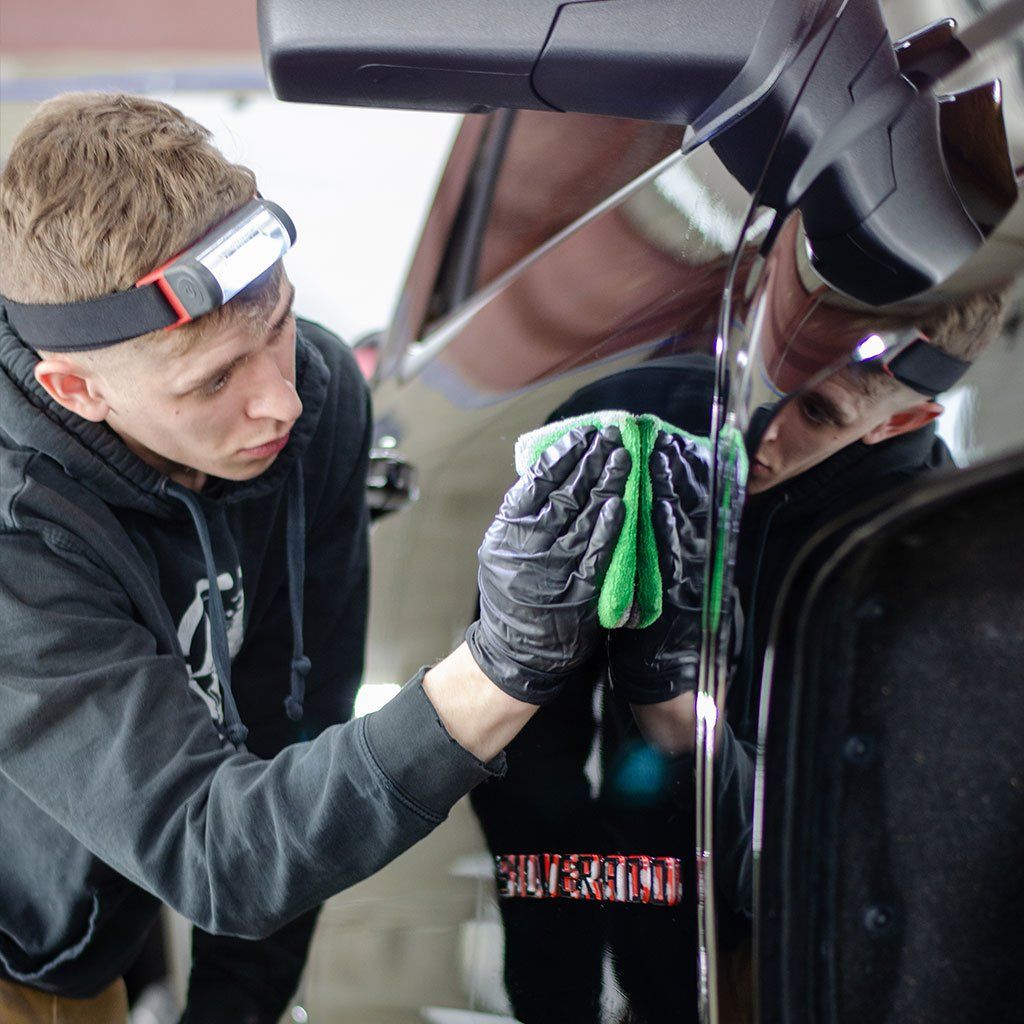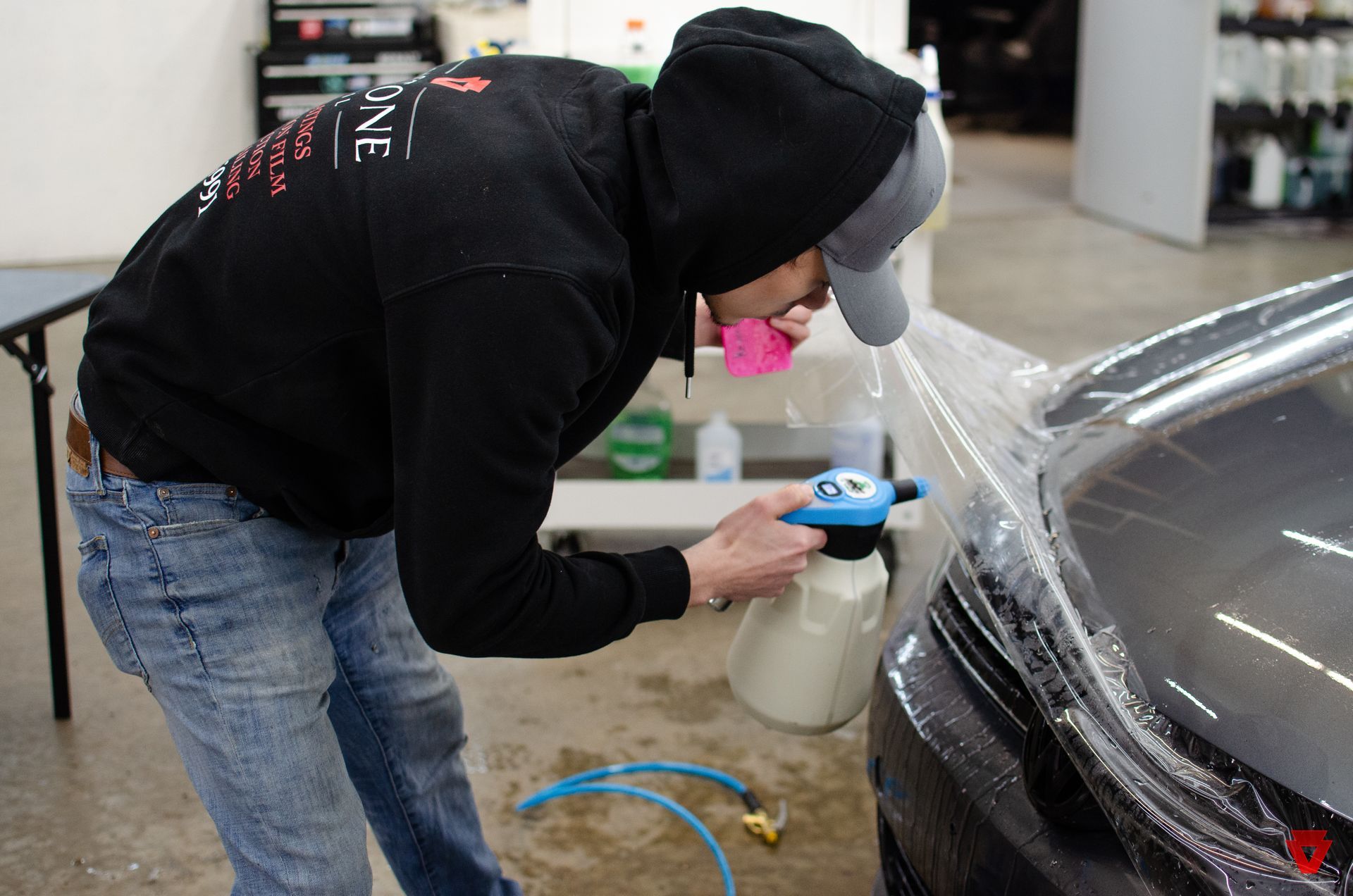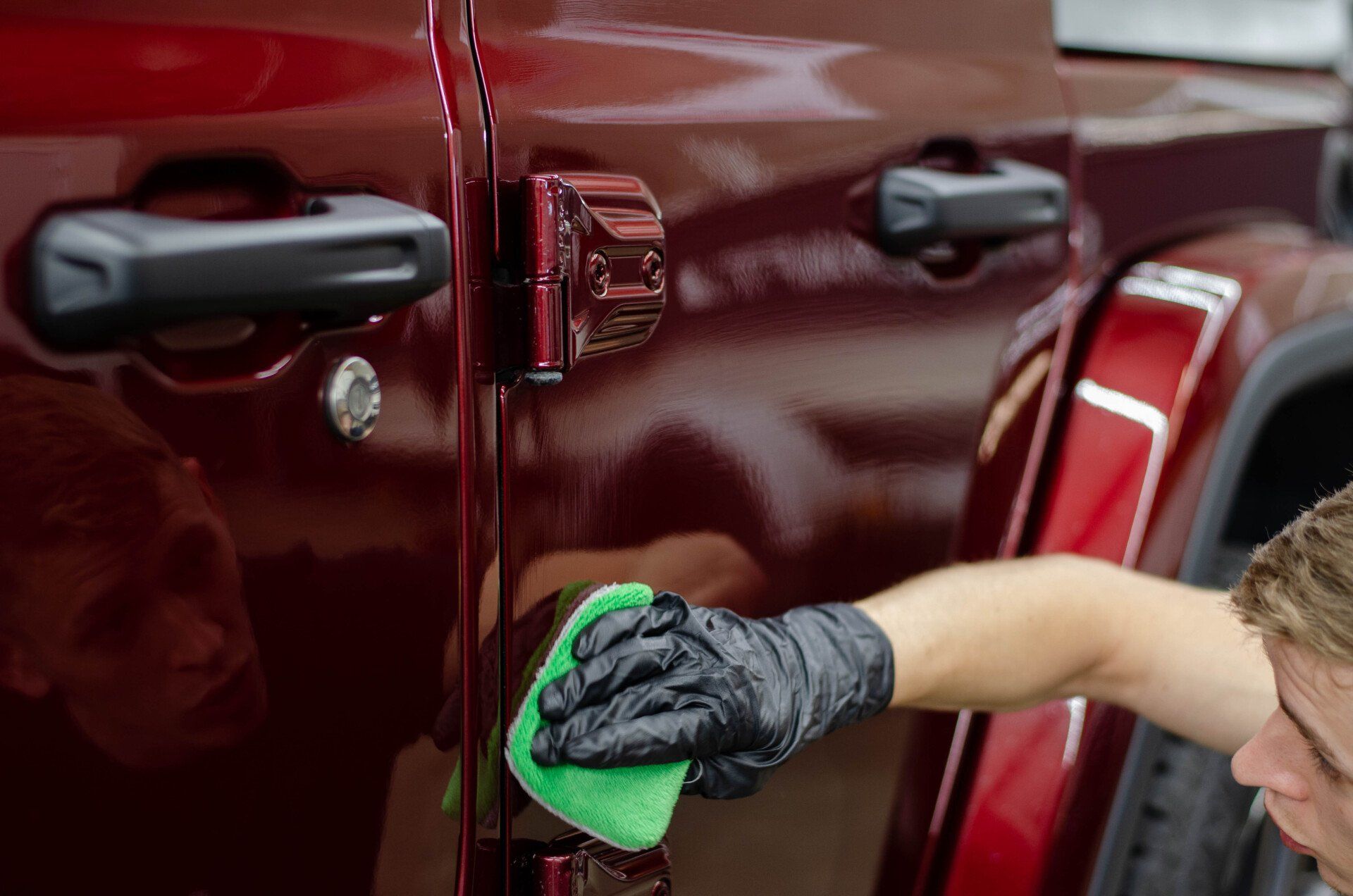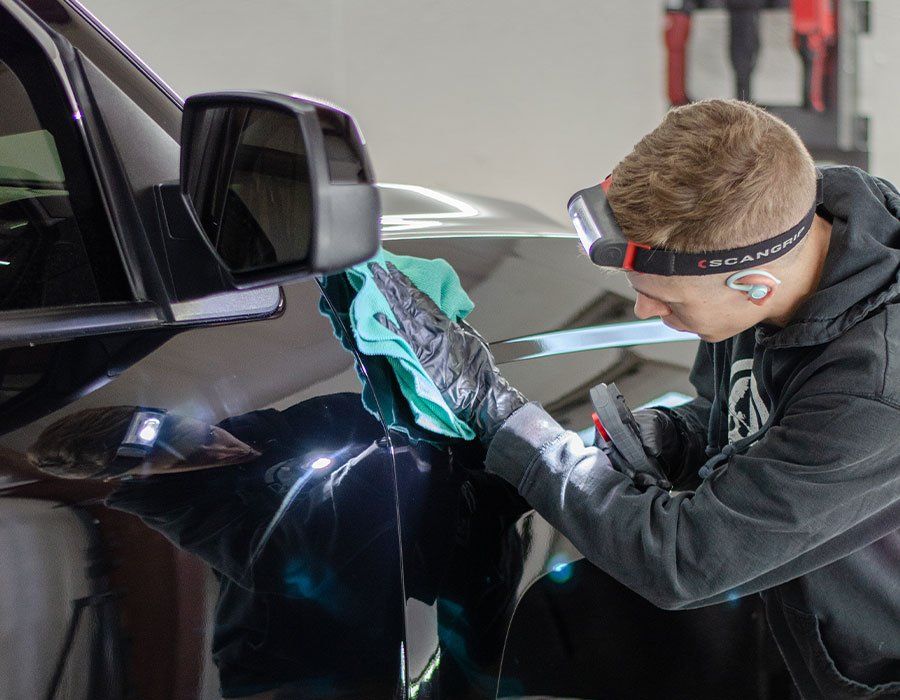How Paint Protection Film Can Increase Resale Value: The Impact Explained
Gone are the days of stressing over minor imperfections that mar your car’s beauty. By investing in PPF, you not only maintain that showroom shine but also protect against costly damages like stone chips and UV fading. This film's economic impact is substantial—it could mean thousands more in your pocket when selling. Moreover, modern paint protection film technology even offers self-healing properties, keeping your vehicle looking newer for longer.
Paint protection film can enhance the resale value of a vehicle by preserving its original paintwork, with studies showing that cars equipped with paint protection film may retain up to 15% more value compared to those without. This increased perceived quality makes paint protection film an attractive investment for owners looking to maintain their vehicle's aesthetic appeal and increase its marketability at resale.
Why Paint Protection Film Matters
Paint protection film acts as a resilient barrier between your vehicle's exterior and the rigors of the road. When you apply this clear film made from thermoplastic urethane, you safeguard your vehicle against an array of potential threats, such as scratches and stone chips. It’s not merely a superficial layer; it functions at a deep level by preventing damage that can compromise your car's aesthetics and long-term value. Consider this: every time you take your car out, there are countless opportunities for damage. From rocks flying up from the road to the unknowing swing of a shopping cart in a parking lot, your car faces daily risk. This exposure to environmental factors like UV rays, which cause fading, and harsh weather conditions leading to corrosion makes paint protection film a crucial consideration for vehicle owners looking to protect their investment. You're not just preserving your current appearance; you're maintaining your car's market value over time.
Enhanced Aesthetic Appeal
The visual impact of a well-maintained car cannot be overstated. Potential buyers are often drawn to vehicles that shine and look new, even if they are several years old. A car that appears neglected due to worn-off paint or unsightly blemishes will naturally be less attractive when it comes time to sell. By maintaining that showroom shine with paint protection film, not only do you enhance your vehicle's appearance, but you also fundamentally increase its desirability among buyers. PPF offers advantages that waxing cannot match—chiefly longevity and durability. While waxing can wear off quickly, requiring frequent reapplication, a paint protection film can last up to ten years when properly installed and maintained, providing peace of mind without the ongoing commitment.
Adding another layer of sophistication to paint protection film is its modern technology, which enables self-healing properties. This remarkable feature allows minor scratches and scuffs to vanish when exposed to heat from either sunlight or the engine itself. The ability for paint protection film to maintain a flawless appearance lessens the need for constant touch-ups or repairs after minor incidents. Understanding how paint protection film shields your investment highlights its importance far beyond just looks; it's about enhancing both aesthetics and potential resale value over the life of your vehicle.
Economic Benefits of PPF
Investing in a paint protection film might seem like a hefty commitment at first glance, especially when you consider the upfront costs, which can run between $1000 and $5,000, depending on various factors like vehicle size and film quality. However, it's essential to view this expense not just as a cost but as a strategic investment that pays dividends down the road.
- Resale Value Increase: Vehicles equipped with paint protection film retain up to 15% more of their resale value than those without it. Picture this: if you own a vehicle worth $30,000, the presence of a paint protection film could mean an extra $4,500 when it comes time to sell. That’s not just pocket change—it represents a tangible return on investment that makes the initial expenditure worthwhile. This increase in resale value is tied directly to consumer perception. Cars with well-maintained appearances represent better care and maintenance in the eyes of potential buyers. They’re more likely to invest additional money into a vehicle that looks pristine rather than one that appears worn or damaged. Thus, a smart choice today can translate into substantial financial gain when it’s time to part ways with your car.
- Lower Repair Costs: Beyond resale value, PPF plays a critical role in minimizing repair expenses. Let’s say you encounter an unfortunate scratch or paint chip—without a paint protection film, fixing this damage could set you back anywhere from $300 to $1,500 for repainting and repairs. By installing a paint protection film, you're safeguarding your vehicle from these incidents and ensuring that any negligence doesn’t lead to significant out-of-pocket expenses later on. Imagine a scenario where a minor mishap occurs—maybe a shopping cart collides with your side door. With paint protection film in place, you’ll find yourself facing less severe damage because the film acts as a barrier against scratches and chips, maintaining the integrity of the original paint underneath. This means fewer repairs are necessary over the lifetime of the vehicle, leading to considerable savings.
How PPF Trends Affect Resale Value
The automotive market is continuously transforming, creating a remarkable shift in how features like paint protection film are perceived. Consumer awareness plays a pivotal role in this process. Over the past five years, there's been an impressive surge—more than 65%—in Google searches for "paint protection film." This statistic reflects an increasing understanding among car buyers of the benefits associated with PPF, such as protecting vehicles from scratches, chips, and other environmental damage. As potential buyers become more knowledgeable about these advantages, having paint protection film installed becomes not just a preference but a sought-after feature that enhances a vehicle's appeal.
It's also essential to note how dealerships and manufacturers have picked up on this trend. Car dealerships now actively promote paint protection film during sales discussions, integrating it into their marketing strategies. They recognize that consumers are increasingly asking about protective options for their vehicles. The emphasis on PPF indicates that dealerships see it as a valuable asset; they also recognize that a car equipped with high-quality paint protection film may command a higher price in the resale market. The perception of value is shifting, making paint protection film an integral consideration for prospective buyers. Adding to the momentum is the growing influence of industry endorsements.
By grasping these trends, individuals can make informed decisions when purchasing or selling vehicles. It’s about enjoying a beautifully protected finish today while recognizing how such choices translate into real economic benefits when it comes time to resell.
Evaluating PPF as a Worthy Investment
The decision to install paint protection film should not solely hinge on its price tag but rather consider the potential benefits it brings. When assessing whether paint protection film is a smart investment, various factors come into play—vehicle type, its intended use, and long-term goals. This consideration can significantly influence how well PPF will serve you, both in protection and financial terms.
For luxury and sports cars, investing in a paint protection film often pays off substantially. These vehicles are typically part of a higher resale value bracket. Preserving their original paint can be paramount. The aesthetic allure of these cars is integral to their value. therefore, maintaining that eye-catching sheen with a quality protective film makes practical sense for any owner concerned about resale value.
Moreover, consider how you use your vehicle. Is it a daily driver facing the wear and tear of city life or a weekend showpiece meant for relaxed cruising? Cars navigating through congested streets are likely to endure minor scrapes and dings from rogue shopping carts or careless drivers. In these cases, a paint protection film acts as an effective shield against such hazards while providing peace of mind alongside its protective benefits. On the other hand, if you drive standard commuter vehicles that exist primarily to get you from point A to point B without ever stepping into the limelight, it’s wise to assess if the cost of paint protection film can deliver an equivalent return at resale time.
Balancing factors like vehicle type and usage alongside personal budget will help ensure that the decision regarding paint protection film installation aligns closely with your overall objectives—whether that’s maximizing your car's resale potential or simply prolonging its visual appeal. Making an informed choice about installing paint protection film involves weighing these critical elements against your unique circumstances and aspirations as a car owner.
Long-Term Impact of PPF on Vehicle Maintenance
Over the years, the cost of maintaining a vehicle can accumulate significantly, especially when considering paint and bodywork. By applying a high-quality paint protection film, vehicle owners not only protect their investment but also streamline their long-term maintenance efforts. Let's explore how specifically paint protection film impacts vehicle upkeep and its benefits over time.
- Reduced Frequency of Repairs: One of the main advantages of installing a paint protection film is the noticeable reduction in minor scratches and paint chips. This means that while other vehicles are frequenting the body shop for touch-ups and paintwork due to everyday wear and tear, PPF-equipped cars will see far fewer trips. Think about it: each repair can cost anywhere from $100 to $500 depending on the damage. With a paint protection film, those costs decrease dramatically, saving you money over time.
- Ease of Cleaning: Another perk is how easy it is to clean a car with a high-quality paint protection film installed. The smooth surface acts like a non-stick coating; dirt and grime are less likely to cling compared to traditional paint finishes. Regular cleaning becomes not just simpler but faster as well. That’s time saved that you could spend enjoying your vehicle rather than scrubbing off stubborn stains, which is a key benefit paint protection films boast!
- Protection from UV Damage: UV rays pose a constant threat to your car’s aesthetics. They can cause paint to fade and lose its vibrant color over time. However, a paint protection film serves as a valuable shield, acting as a barrier against harmful rays while preserving the original hue of the paint underneath. It’s like putting sunglasses on your car—protecting it from the sun while keeping it stylish!
In essence, long-term ownership has shown that paint protection film plays an instrumental role in preserving the aesthetic appeal of a vehicle while maintaining its structural integrity. These features reinforce the value proposition of investing in PPF, particularly in markets that emphasize vehicle condition upon resale. Investing in this protective film today leads to immediate benefits in upkeep along with long-lasting advantages that keep your vehicle looking new for years to come. Each minor improvement adds up over time, ensuring that you drive away with both pride and savings locked into your decision.
Superior Paint Protection Film Installation in Erie, PA
Protect your vehicle with Keystone Detail’s superior paint protection film installation in Erie, PA. Our top-grade PPF shields your car from rock chips, road debris, and other potential hazards, maintaining its flawless finish. With expert installation and a nearly invisible layer of defense, your vehicle stays in pristine condition for the long haul. Reach out to our team at Keystone Detail today to safeguard your investment with our advanced paint protection film services. Call us at (814) 230-6991 to get started!
